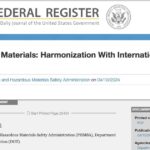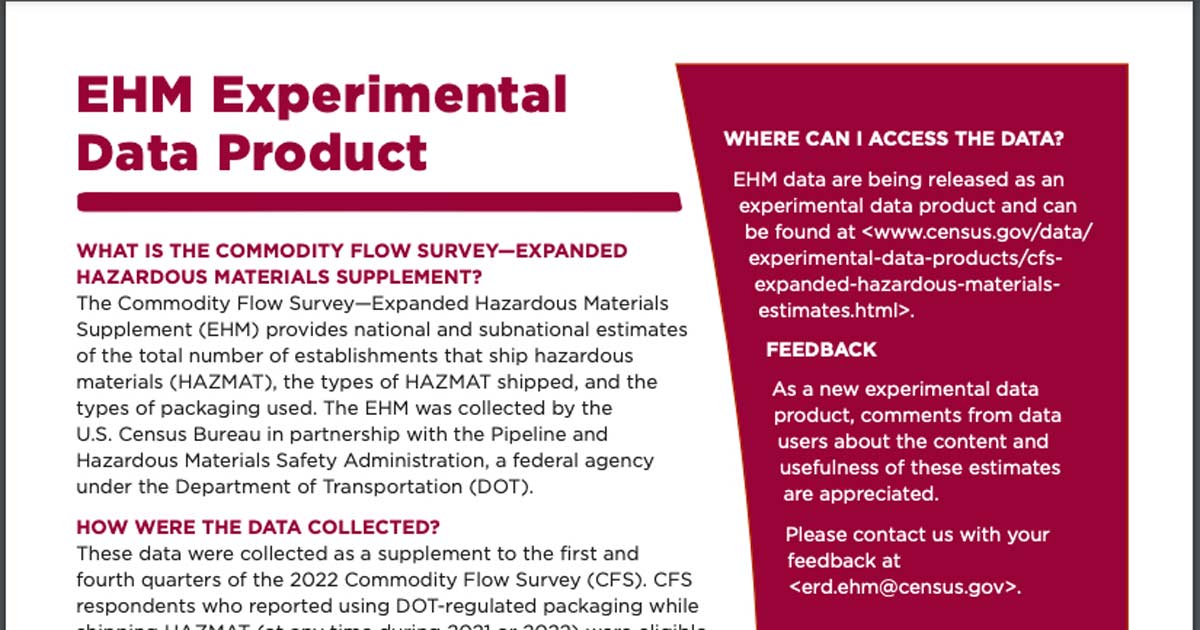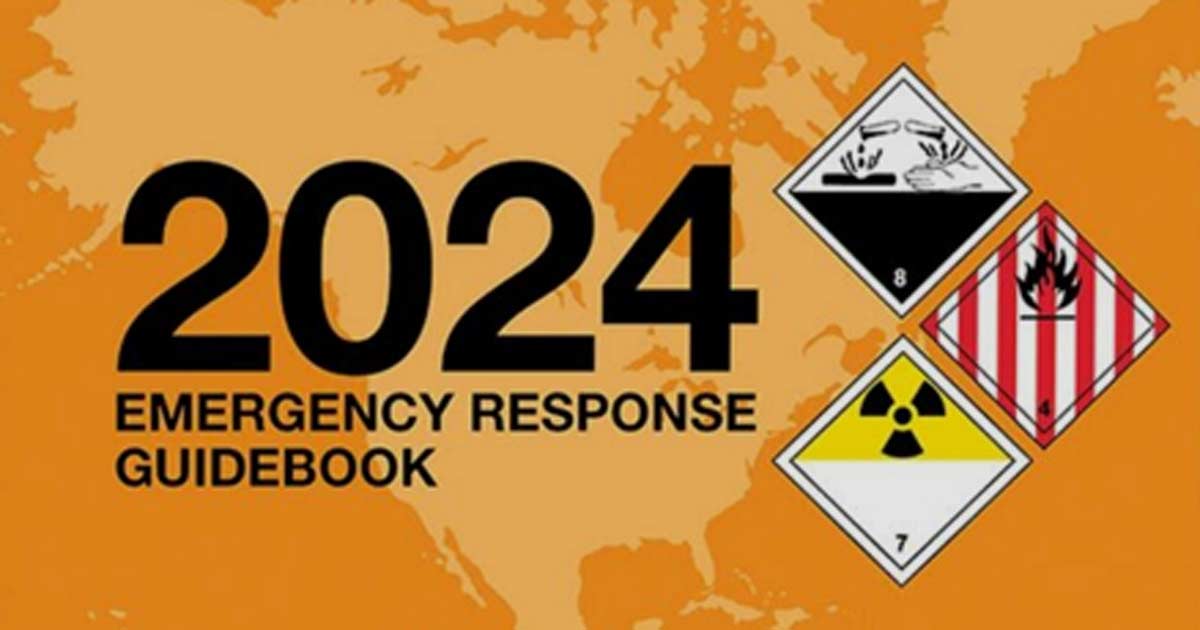The U.S. Chemical Safety and Hazard Investigation Board released its final investigation report on the 2019 tank farm fire at the Intercontinental Terminals Company, LLC (ITC) bulk liquid storage terminal in Deer Park, Texas. The massive fire caused substantial property damage, significantly impacted the environment, and led to the issuance of several shelter-in-place orders that seriously disrupted the local community.
CSB Chairperson Steve Owens said, “This was a very large and disruptive event. The fire burned for three days, caused over $150 million in property damage at the facility, put the surrounding community potentially at risk, and significantly impacted the environment. This disastrous event could have been prevented if proper safeguards had been in place at the facility.”
The ITC Deer Park terminal housed over 240 aboveground storage tanks, which were used to store petrochemical liquids and gases, fuel oil, bunker oil, and distillates for various oil and chemical companies that leased the tanks from ITC.
Also Read: Trio of Petroleum Fires Have Hazmat Implications
The incident occurred just after 10:00 a.m. on March 17, 2019, when an accidental release of butane-enriched naphtha product accumulated and ignited near a large above-ground atmospheric storage tank, known as Tank 80-8.
CSB found that a circulation pump connected to Tank 80-8 failed, allowing the butane-enriched naphtha product contained in the tank to escape. The Tank 80-8 circulation pump continued to operate as the butane-enriched naphtha product released from the failed pump for roughly 30 minutes before its flammable vapors ignited, causing a fire to erupt and engulf the Tank 80-8 piping manifold. Once the fire erupted, ITC was unable to isolate or stop the release.
As a result, the fire burned, intensified, and spread to the other 14 tanks located in the same containment area. The fire burned for three days until it finally was extinguished. The fire caused substantial property damage at the ITC Deer Park terminal, including the destruction of 15 80,000-barrel aboveground atmospheric storage tanks and their contents.
Also Read: Texas legislators eye tougher rules on chemical tanks to prevent explosions, spills during storms
Because of benzene-related air quality concerns, a shelter-in-place was issued for the entire city of Deer Park at one point, and local schools and businesses either closed or operated under modified conditions. A portion of a major highway in the area also was closed.
Additionally, the secondary containment wall surrounding the tank farm partially collapsed, allowing the mixture of released hydrocarbon products, firefighting foam, and contaminated water in the containment area to release into the surrounding waterways, resulting in the closure of a seven-mile stretch of the Houston Ship Channel adjacent to the ITC Deer Park terminal, as well as several waterfront parks in Harris County and the city of LaPorte, due to the contamination.
CSB’s final investigation report highlights the following five key safety issues:
- Pump Mechanical Integrity. ITC did not have a formal mechanical integrity procedure to maintain the integrity of Tank-80-8 and its associated equipment, including the Tank 80-8 circulation pump.
- Flammable Gas Detection System. Tank 80-8 was not equipped with a flammable gas-detention system to warn personnel of a hazardous atmosphere resulting from loss of containment from the tank or its associated equipment.
- Remotely Operated Emergency Isolation Valves. Tank 80-8 and other tanks in the tank farm were not equipped with remotely operated emergency isolation valves designed to mitigate process releases remotely from a safe location.
- Tank Farm Design. Elements of the tank farm design, including tank spacing, subdivisions, engineering controls for pumps located inside the containment area, and drainage systems allowed the fire to spread to other tanks within the tank farm.
- PSM and RMP Applicability. ITC did not apply a formal process safety management (PSM) program to Tank 80-8 because neither the OSHA PSM standard nor the EPA Risk Management Program (RMP) rule applied to the tank and its associated equipment due to exemptions contained in the regulations.
CSB determined that the cause of the incident was the release of flammable butane-enriched naphtha vapor from the failed Tank 80-8 circulation pump, which accumulated in the area and ignited, resulting in a fire.
Contributing to the severity of the incident were the absence of a flammable gas detection system to alert the operators to the flammable mixture before it ignited approximately 30 minutes after the release began, and the absence of remotely operated emergency isolation valves to safely secure the flammable liquids in Tank 80-8 and the surrounding tanks in the tank farm.
CSB also determined that because of gaps in relevant regulations issued by the U.S. Occupational Safety and Health Administration and the U.S. Environmental Protection Agency, ITC was not required to have a formal program for Tank 80-8 and its associated equipment that could have provided a process to identify and control the specific hazards that resulted in this incident.
Investigator-in-Charge Crystal Thomas said, “The CSB’s investigation found that the cause of the incident was linked to a number of safety shortcomings including the lack of an effective mechanical integrity program, tank farm design, deficient remote isolation valve capabilities, as well as a lack of a formal process safety management program for Tank 80-8.”
As a result of its findings, CSB is issuing recommendations to the company, OSHA, EPA, and a standard-setting organization to take action to address gaps linked to the identified safety issues.
The CSB is an independent federal agency charged with investigating incidents and hazards that result, or may result, in the catastrophic release of extremely hazardous substances. The agency’s core mission activities include conducting incident investigations; determining the cause of the release; formulating preventive or mitigative recommendations based on investigation findings and advocating for their implementation; issuing reports containing the findings, conclusions, and recommendations arising from incident investigations; and conducting studies on chemical hazards.
Original post – Copyright © 2023 HazmatNation.com. Externally linked references may hold their own independent copyright not assumed by HazmatNation











